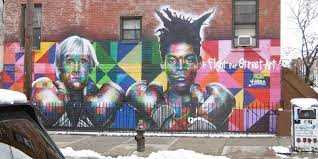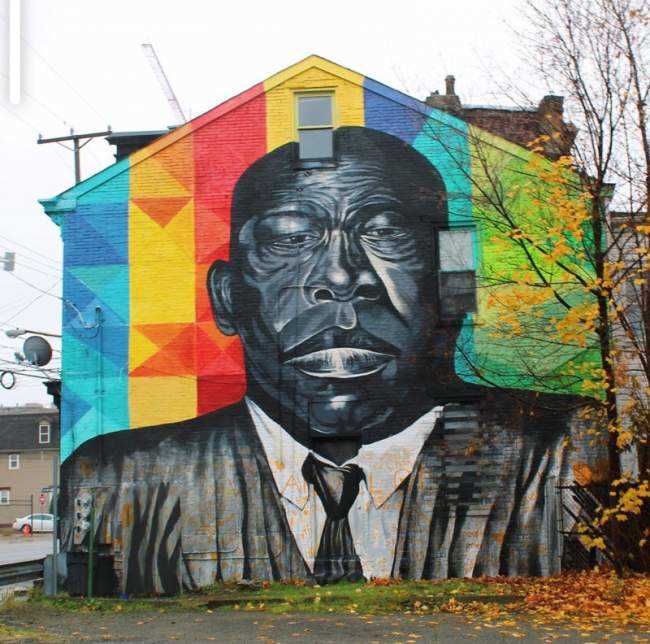New York City is a vibrant hub for artistic expression, and its vibrant graffiti scene is an integral part of its cultural landscape. From the walls of buildings to subway cars, the city’s streets are adorned with impressive works of graffiti art. In this article, we will explore the best graffiti spots in NYC, showcasing the talent and creativity of local artists.
The History of Graffiti in New York City
Graffiti has a long and rich history in New York City, dating back to the 1970s when it first emerged as a form of expression among marginalized communities. Initially seen as a form of rebellion, graffiti quickly gained recognition as a legitimate art form, with artists using public spaces as their canvas. Over the years, graffiti has evolved and diversified, reflecting the social, cultural, and political issues of the time. Today, it is an important element of the city’s urban landscape.
The Best Graffiti Spots in NYC
When it comes to exploring the best graffiti in NYC, there are several neighborhoods and areas that attract art enthusiasts and graffiti aficionados alike. From the iconic Bowery Wall in Manhattan to the Bushwick Collective in Brooklyn, these locations offer an immersive experience into the world of street art. We will take a closer look at each of these spots, highlighting the notable artists and their standout pieces.
The roots of graffiti can be traced back to the borough of the Bronx, where young artists began tagging their names on walls, trains, and buildings. These tags were a way to claim territory and gain recognition within the graffiti community.
As the art form evolved, graffiti artists began to incorporate more elaborate styles and designs into their work. They used vibrant colors, intricate lettering, and bold characters to create visually striking pieces that caught the attention of both fellow artists and the general public.
The 1980s saw a surge in graffiti’s popularity, with artists like Keith Haring and Jean-Michel Basquiat gaining recognition for their work. Their graffiti-inspired artwork blended street art with contemporary art, challenging the boundaries between high and low culture.
However, graffiti also faced opposition from city officials, who viewed it as vandalism and a sign of urban decay. In response, the city implemented aggressive measures to combat graffiti, including the formation of special police units and the introduction of anti-graffiti laws.
Despite these challenges, graffiti continued to thrive in NYC, with artists finding new and innovative ways to showcase their work. Today, graffiti can be seen not only on city streets but also in galleries and museums, as the art form has gained recognition and acceptance as a legitimate art form.
The history of graffiti in NYC is a testament to the power of self-expression and the resilience of artists. From its humble beginnings in the streets of the Bronx to its status as a globally recognized art form, graffiti has left an indelible mark on the city’s cultural landscape.
Famous Graffiti Artists in NYC
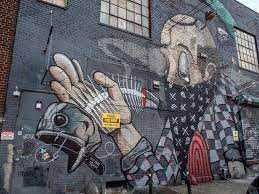
New York City has long been a hub for graffiti artists, and the city’s vibrant street art scene is home to some of the most famous artists in the world. These artists have made a name for themselves through their unique styles and impressive works. Here are a few of the most renowned graffiti artists in NYC:
- Banksy: Although Banksy’s true identity remains unknown, his artwork has captivated audiences worldwide. His politically charged stencils can be found in various neighborhoods of New York City.
- Keith Haring: Haring’s iconic and instantly recognizable style became synonymous with New York City during the 1980s. His radiant baby and dancing figures can still be seen adorning walls throughout the city.
- Jean-Michel Basquiat: Basquiat’s graffiti-inspired artwork rose to prominence in the 1980s. His vibrant paintings often combine words, symbols, and figures, addressing themes of race, power, and identity.
- Swoon: Swoon is known for her large-scale wheatpaste murals that feature intricately cut and hand-painted figures. Her artwork can be found on walls in Brooklyn and other neighborhoods.
- Daze: Daze is a legendary graffiti artist who emerged from the subway graffiti scene in the 1970s. His vibrant and colorful murals can be found throughout the city.
These are just a few of the famous graffiti artists who have left their mark on the streets of New York City. Their contributions to the city’s street art scene have helped shape its unique and ever-changing landscape.
The Legal vs. Illegal Debate
One of the defining aspects of graffiti in New York City is the ongoing debate between legal and illegal graffiti. This debate centers around the question of whether or not graffiti should be considered art or vandalism, and whether or not it should be sanctioned or punished by the law.
The Case for Legal Graffiti

Advocates for legal graffiti argue that it is a form of self-expression and artistic freedom. They believe that legalizing graffiti can lead to the beautification of public spaces and the creation of vibrant street art scenes. Legal graffiti can also provide opportunities for artists to showcase their skills and gain recognition.
Some cities, including New York, have implemented programs that allow artists to create murals and street art in designated areas. These programs help to regulate graffiti and provide a space for artists to work without fear of legal consequences.
The Case Against Illegal Graffiti
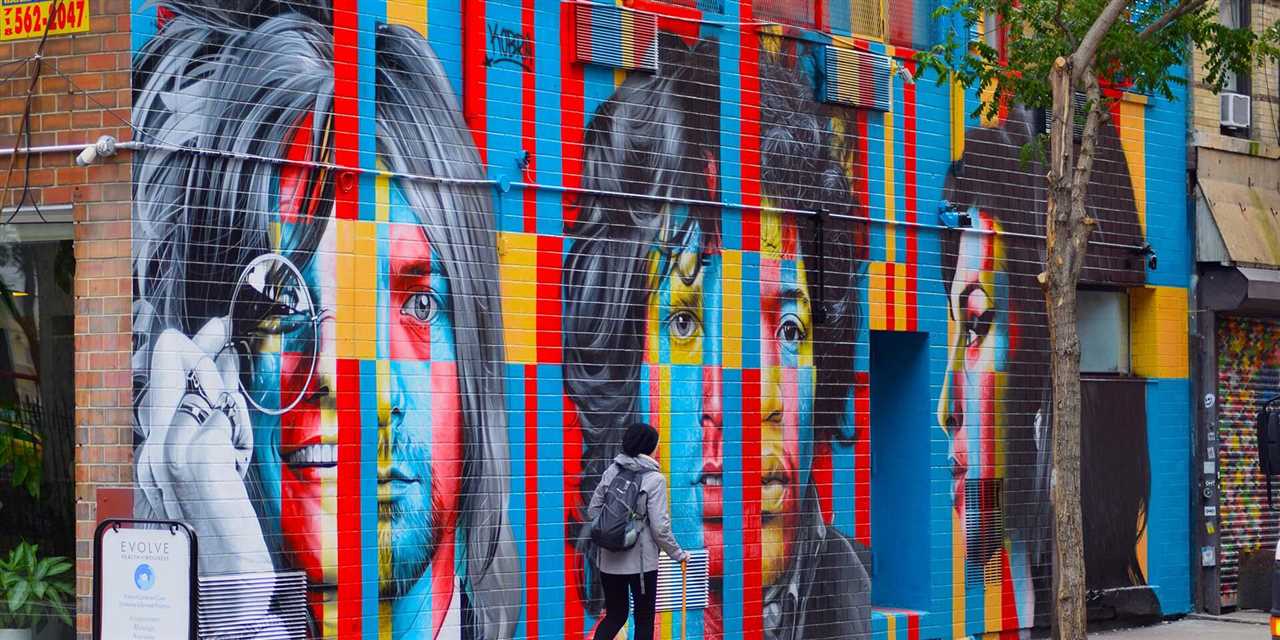
Opponents of illegal graffiti argue that it is a form of vandalism and destruction of property. They believe that graffiti tags and throw-ups are eyesores that can negatively impact neighborhoods and decrease property values.
The removal of illegal graffiti also poses a significant financial burden on cities and property owners. Additionally, illegal graffiti can be associated with gang activity and other criminal behavior, further exacerbating its negative image.
| Legal Graffiti | Illegal Graffiti |
|---|---|
| Allows for artistic expression | Considered vandalism |
| Beautifies public spaces | Can decrease property values |
| Regulated by city programs | Financial burden on cities |
Ultimately, the legal vs. illegal graffiti debate raises complex questions about the role of art in public spaces and the balance between individual freedom and societal order. While some argue for the complete legalization of graffiti, others advocate for stricter punishment and enforcement of anti-graffiti laws. The resolution of this debate will play a crucial role in shaping the future of graffiti in New York City.
Must-Visit Graffiti Neighborhoods
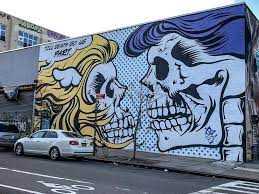
- Bushwick, Brooklyn: Located in the heart of Brooklyn, Bushwick is a mecca for graffiti enthusiasts. The neighborhood is home to the Bushwick Collective, a community of artists who have transformed the area into an open-air gallery. You’ll find colorful murals and intricate designs covering the walls of buildings, making every street corner a work of art.
- Williamsburg, Brooklyn: Just a short distance from Bushwick is Williamsburg, another neighborhood known for its vibrant graffiti scene. Walk down the streets of Williamsburg and you’ll find walls adorned with striking murals and clever stencil work. The neighborhood attracts both local and international artists, making it a must-visit spot for graffiti lovers.
- East Village, Manhattan: In the heart of Manhattan, the East Village is home to some of New York City’s most iconic graffiti. Here, the walls are a canvas for both well-known street artists and up-and-coming talents. Take a stroll through the streets of the East Village and you’ll discover a vibrant mix of styles and themes.
- Long Island City, Queens: Just across the East River from Manhattan, Long Island City is another neighborhood worth exploring for its graffiti. The area is home to 5Pointz, a former warehouse turned graffiti mecca. The walls of 5Pointz were covered in colorful murals, attracting artists and visitors from all over the world. Although the original building has been demolished, the spirit of 5Pointz lives on in the surrounding area, with vibrant graffiti adorning the walls.
No matter which neighborhood you choose to explore, New York City offers a vibrant and ever-changing graffiti scene. These must-visit graffiti neighborhoods are just a taste of what the city has to offer, so grab your camera and start exploring!
Hidden Gems: Off-the-Beaten-Path Graffiti
When exploring the vibrant street art scene in New York City, it’s often the well-known, highly visible pieces that receive the most attention. However, some of the most captivating graffiti can be found in unexpected, off-the-beaten-path locations. These hidden gems offer a glimpse into the artistic talent and creativity that thrives in the underground graffiti scene.
1. The Abandoned Factory
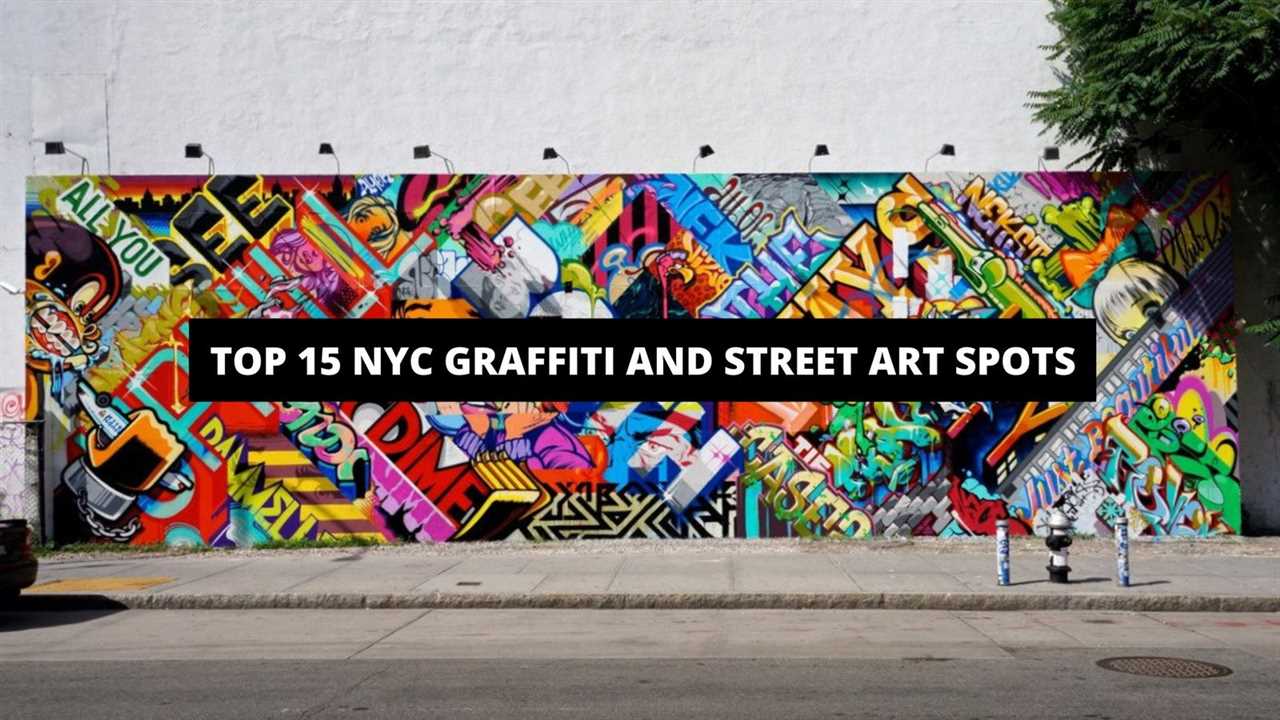
Tucked away in an industrial neighborhood, an abandoned factory serves as the canvas for an extraordinary display of graffiti. As you explore the decaying hallways and crumbling walls, you’ll be mesmerized by the intricate designs and vibrant colors that adorn the space. Each piece tells a unique story and offers a glimpse into the artist’s world.
2. The Backstreet Alley
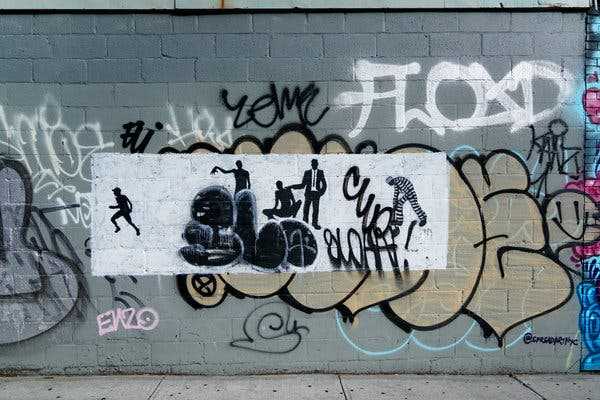
A narrow alleyway, tucked between two buildings, reveals a hidden treasure trove of graffiti. This intimate space provides a canvas for artists to express their thoughts, feelings, and perspectives. The art here often pushes boundaries and challenges societal norms, making it a fascinating exploration for those willing to venture off the main streets.
These hidden gems offer an opportunity to discover lesser-known artists and experience graffiti in its rawest form. By veering off the beaten path, you’ll uncover a world of undiscovered artistic talent that adds a unique dimension to New York City’s street art scene.
The Future of Graffiti in NYC
Graffiti has always played a significant role in the cultural fabric of New York City. From the iconic tags in the subway system to the vibrant murals adorning the walls of neighborhoods like Bushwick and the Lower East Side, graffiti has been a powerful means of self-expression for artists and a reflection of the city’s vibrancy.
However, the future of graffiti in NYC is uncertain. With the increasing gentrification of many neighborhoods and the crackdown on illegal street art, the traditional form of graffiti as we know it may face challenges. Some argue that graffiti may lose its authenticity and edge as it becomes more mainstream and commercialized.
On the other hand, the rise of legal walls and organized graffiti events suggest a possible evolution of graffiti in NYC. These initiatives bring street artists together and provide them with safe spaces to create their art. They have the potential to transform the perception of graffiti from vandalism to a legitimate art form.
Furthermore, the digital age has opened up new avenues for graffiti artists to showcase their work. Platforms like Instagram allow artists to reach a global audience and gain recognition outside of their local communities. This global exposure has the potential to inspire and empower a new generation of graffiti artists.
However, as graffiti becomes more accepted and commercialized, it also risks losing its rebellious spirit and connection to its roots. The challenge for the future of graffiti in NYC will be to strike a balance between embracing its cultural significance while also navigating the changing landscape of urban art.
Only time will tell what the future holds for graffiti in NYC. It may continue to evolve and adapt, or it may face unprecedented challenges. Whatever happens, the impact of graffiti on the city’s cultural landscape cannot be denied.

I am a mural enthusiast and a fervent admirer of street art. Rather than creating murals myself, I am passionate about collecting them. My love for street art knows no bounds. I am dedicated to curating and cherishing these artworks that grace the streets. My collection stands as a testament to my profound appreciation for this form of artistic expression.
read about me

